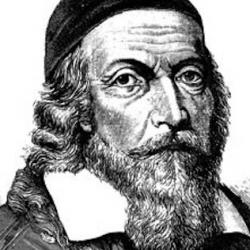In his highly readable The Sublime (The New Critical Idiom) , Philip Shaw lucidly summarizes the standard distinction between the sublime and the beautiful: “The sublime is greater than the beautiful; the sublime is dark, profound, and overwhelming and implicitly masculine, whereas the beautiful is light, fleeting, and charming and implicitly feminine. Where the sublime is a divisive force, encouraging feelings of differences and deference, the beautiful encourages a spirit of unity and harmony. In political terms, the impulse of the one . . . is individualistic, even dictatorial, that of the latter is social and democratic.”
He is also clear that there is not one sublime, but various sublimes. Of the difference between Romantic and postmodern conceptions, he writes,
“In the case of Lyotard . . . the goal of the sublime is to sustain a sense of shock, to prevent the reader/viewer/interpreter from coming to terms with the meaning of what which exceeds the norm. If the aim of Romanticism is somehow to incorporate the ‘sense sublime’ [Wordsworth’s phrase], postmodernism, by way of contrast, seeks to retain a sense of the sublime as other, as ‘something’ that can never be ‘interfused’ through the use of metaphors, symbols, or verbal connectives.”
Behind most of these conceptions of the sublime lie assumptions about the limits of articulacy: There is a point at which we can say nothing – whether because the sublime is so utterly big and other that it defies representation, or because there is, within representation itself, something that exceeds representation (this last is Milbank’s claim about the contemporary sublime, which denies transcendence but senses an aura of something, a saturation, that exceeds).
All this looks very different if we work things out Christologically, with the opening affirmation, “In the beginning was the Word . . . and the Word was God.” If God is Himself Word, and the Word is God, the complete self-expression of the Father without remainder, then there is ultimately nothing beyond articulation. All is articulated in the Son. And then we can make the next move: “The Word became flesh,” and then “He who has seen Me has seen the Father.” In this context, we can preserve wonder at the immanent and wonder at the transcendent, without trembling before what is and cannot be Said. For all can be, all has been said.










